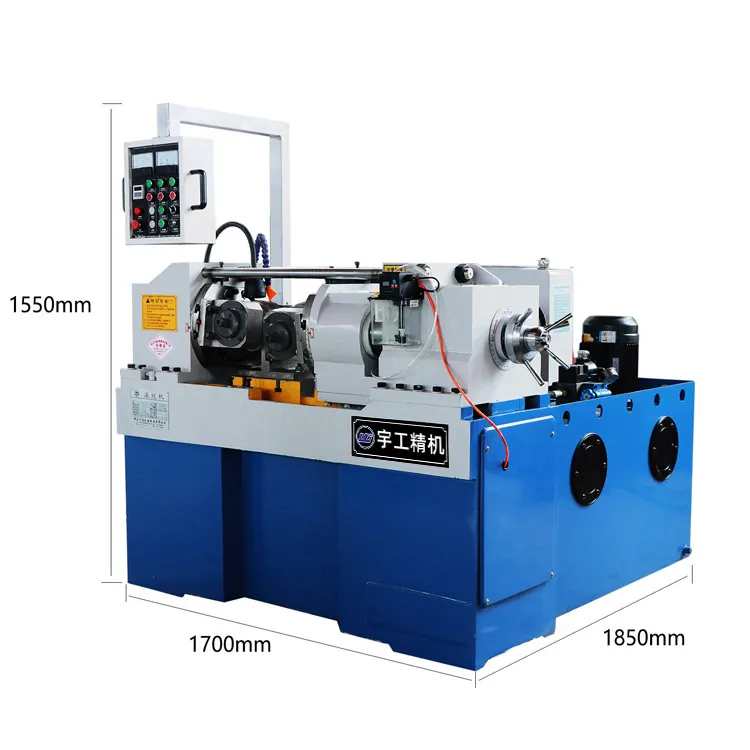
-
 Afrikaans
Afrikaans -
 Albanian
Albanian -
 Amharic
Amharic -
 Arabic
Arabic -
 Armenian
Armenian -
 Azerbaijani
Azerbaijani -
 Basque
Basque -
 Belarusian
Belarusian -
 Bengali
Bengali -
 Bosnian
Bosnian -
 Bulgarian
Bulgarian -
 Catalan
Catalan -
 Cebuano
Cebuano -
 Corsican
Corsican -
 Croatian
Croatian -
 Czech
Czech -
 Danish
Danish -
 Dutch
Dutch -
 English
English -
 Esperanto
Esperanto -
 Estonian
Estonian -
 Finnish
Finnish -
 French
French -
 Frisian
Frisian -
 Galician
Galician -
 Georgian
Georgian -
 German
German -
 Greek
Greek -
 Gujarati
Gujarati -
 Haitian Creole
Haitian Creole -
 hausa
hausa -
 hawaiian
hawaiian -
 Hebrew
Hebrew -
 Hindi
Hindi -
 Miao
Miao -
 Hungarian
Hungarian -
 Icelandic
Icelandic -
 igbo
igbo -
 Indonesian
Indonesian -
 irish
irish -
 Italian
Italian -
 Japanese
Japanese -
 Javanese
Javanese -
 Kannada
Kannada -
 kazakh
kazakh -
 Khmer
Khmer -
 Rwandese
Rwandese -
 Korean
Korean -
 Kurdish
Kurdish -
 Kyrgyz
Kyrgyz -
 Lao
Lao -
 Latin
Latin -
 Latvian
Latvian -
 Lithuanian
Lithuanian -
 Luxembourgish
Luxembourgish -
 Macedonian
Macedonian -
 Malgashi
Malgashi -
 Malay
Malay -
 Malayalam
Malayalam -
 Maltese
Maltese -
 Maori
Maori -
 Marathi
Marathi -
 Mongolian
Mongolian -
 Myanmar
Myanmar -
 Nepali
Nepali -
 Norwegian
Norwegian -
 Norwegian
Norwegian -
 Occitan
Occitan -
 Pashto
Pashto -
 Persian
Persian -
 Polish
Polish -
 Portuguese
Portuguese -
 Punjabi
Punjabi -
 Romanian
Romanian -
 Russian
Russian -
 Samoan
Samoan -
 Scottish Gaelic
Scottish Gaelic -
 Serbian
Serbian -
 Sesotho
Sesotho -
 Shona
Shona -
 Sindhi
Sindhi -
 Sinhala
Sinhala -
 Slovak
Slovak -
 Slovenian
Slovenian -
 Somali
Somali -
 Spanish
Spanish -
 Sundanese
Sundanese -
 Swahili
Swahili -
 Swedish
Swedish -
 Tagalog
Tagalog -
 Tajik
Tajik -
 Tamil
Tamil -
 Tatar
Tatar -
 Telugu
Telugu -
 Thai
Thai -
 Turkish
Turkish -
 Turkmen
Turkmen -
 Ukrainian
Ukrainian -
 Urdu
Urdu -
 Uighur
Uighur -
 Uzbek
Uzbek -
 Vietnamese
Vietnamese -
 Welsh
Welsh -
 Bantu
Bantu -
 Yiddish
Yiddish -
 Yoruba
Yoruba -
 Zulu
Zulu
Enhancing Thread Rolling Efficiency with Flat Die Technology in Manufacturing Processes
The Advantages of Using a Thread Rolling Machine with Flat Dies
Thread rolling is a widely recognized process in the manufacturing industry that transforms metal blanks into threaded components. Among the various types of thread rolling techniques, the use of flat dies is particularly noteworthy for its efficiency and precision. This article explores the mechanics and advantages of utilizing a thread rolling machine with flat dies, highlighting its significance in both large-scale production and specialized applications.
Understanding Thread Rolling
Thread rolling is a cold forging process that creates threads by displacing material rather than cutting it. This method improves the mechanical properties of the finished product due to the work hardening of the material during the deformation process. The thread rolling machine typically consists of two flat dies that are positioned opposite each other. These dies have grooves that match the desired thread profile. When the metal blank is fed between the dies, they roll against each other, forming the threads as the material is displaced.
Mechanics of Flat Die Thread Rolling
The flat die setup operates through a relatively simple yet effective mechanism. The dies are mounted on a machine that applies pressure, which induces the rolling action. The worker feeds the metal blank into the machine, where it is subjected to high pressure from the dies. The dies do not cut the material; instead, they compress it, allowing for high-volume production with minimal waste. The design of the flat dies can be customized to create various thread forms, making this method versatile and adaptable for numerous applications.
Advantages of Flat Die Thread Rolling Machines
thread rolling machine flat die

1. High Precision and Consistency One of the primary benefits of using flat die thread rolling machines is the precision they offer. The dies are typically machined to extremely tight tolerances, ensuring that each threaded component produced meets the required specifications. This consistency is crucial in industries such as automotive or aerospace, where precision is paramount.
2. Enhanced Material Strength The thread rolling process improves the strength of the threads compared to those produced through traditional cutting methods. The cold working of the material results in a dense, fine-grained structure, contributing to a higher fatigue resistance. This is essential for applications where components are subjected to high stress or loads.
3. Cost Efficiency In terms of production costs, thread rolling with flat dies is often more efficient than machining threads. The process generates little to no waste and allows for faster production rates. This efficiency is particularly beneficial in mass production scenarios where time and resources are of the essence.
4. Versatility Flat die thread rolling machines can produce a wide range of thread sizes and types, from fine to coarse threads. This versatility allows manufacturers to cater to various industry needs without investing in multiple types of machines.
5. Reduced Tooling Changes While some thread production processes require frequent tooling changes to accommodate different thread profiles, flat die rolling machines can often be adjusted with relative ease. This adaptability minimizes downtime and increases productivity, as manufacturers can switch between different production runs more swiftly.
Conclusion
The thread rolling machine with flat dies has emerged as a crucial tool in modern manufacturing, offering numerous advantages in terms of precision, material integrity, cost-effectiveness, and versatility. As industries continue to advance and demand higher quality components, the role of flat die thread rolling machines will likely expand, paving the way for innovations in manufacturing techniques. By investing in such technologies, manufacturers not only enhance their production capabilities but also remain competitive in a rapidly evolving market.
